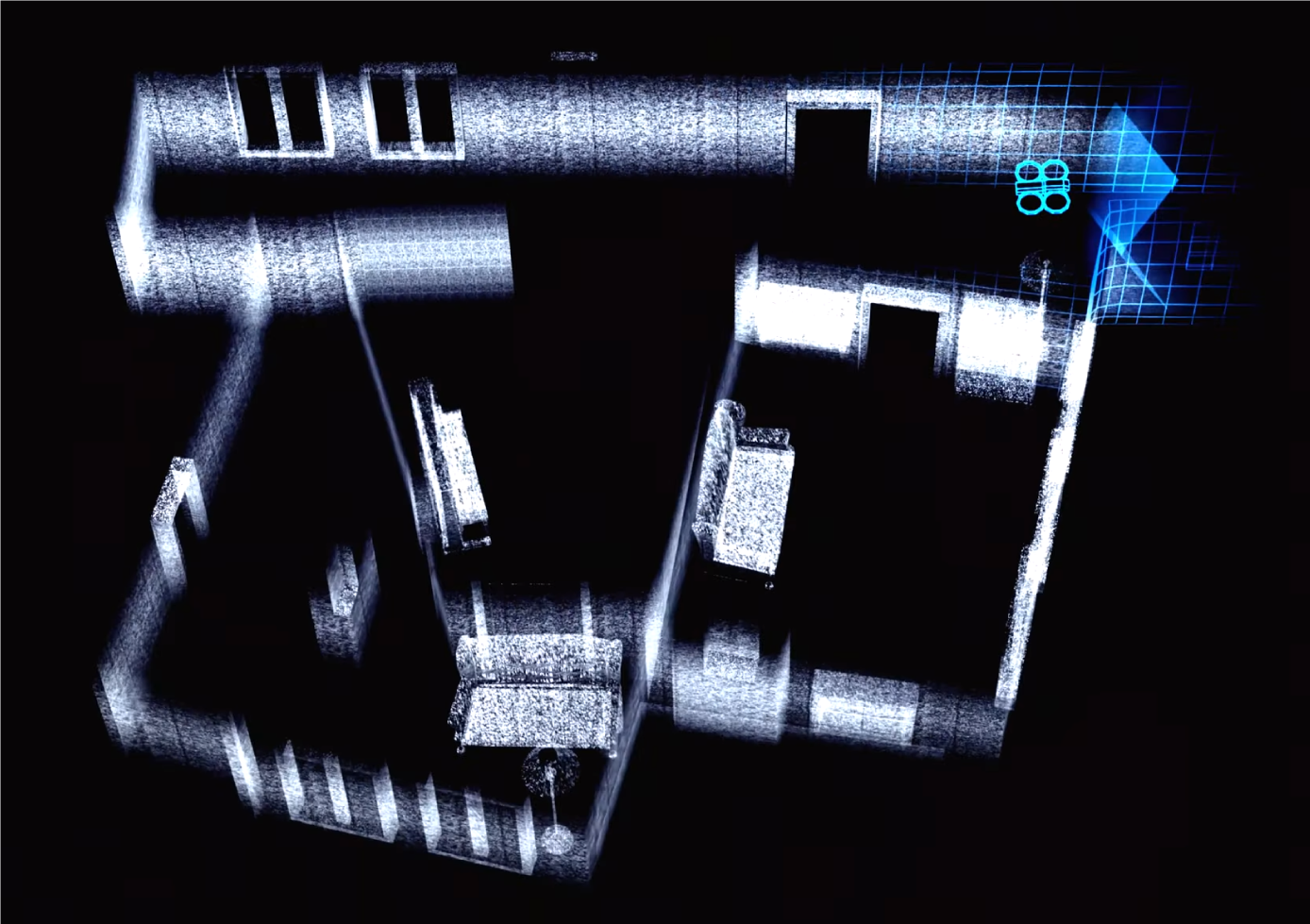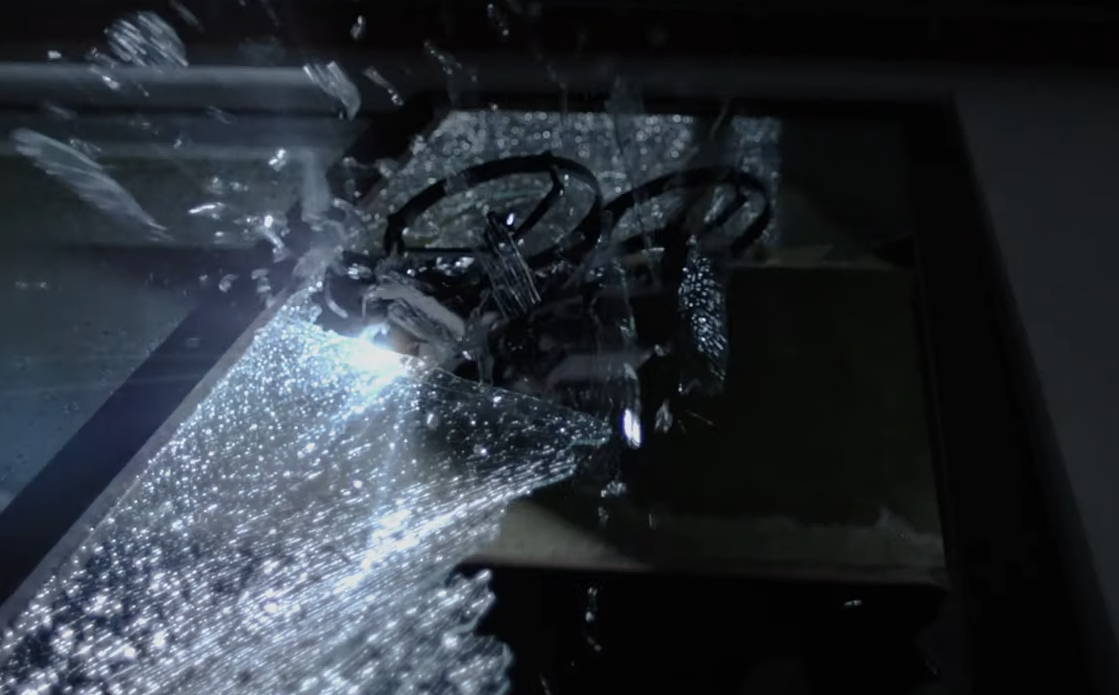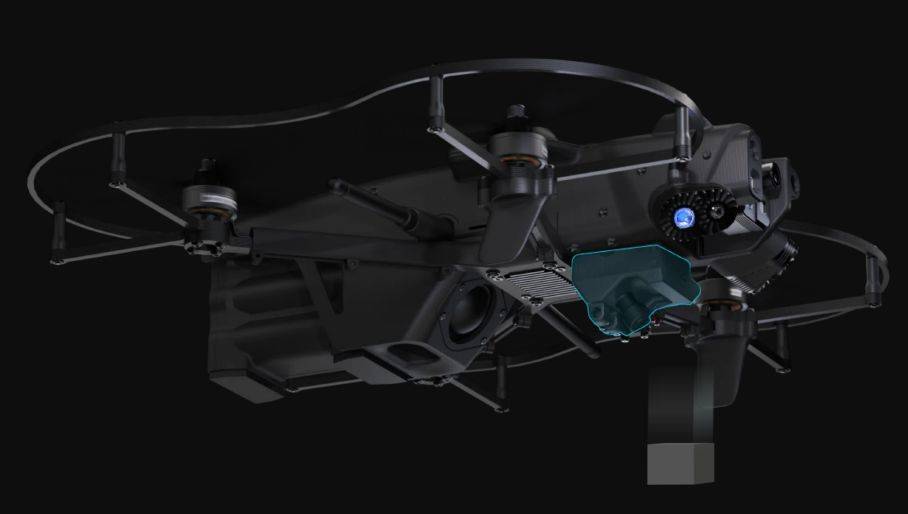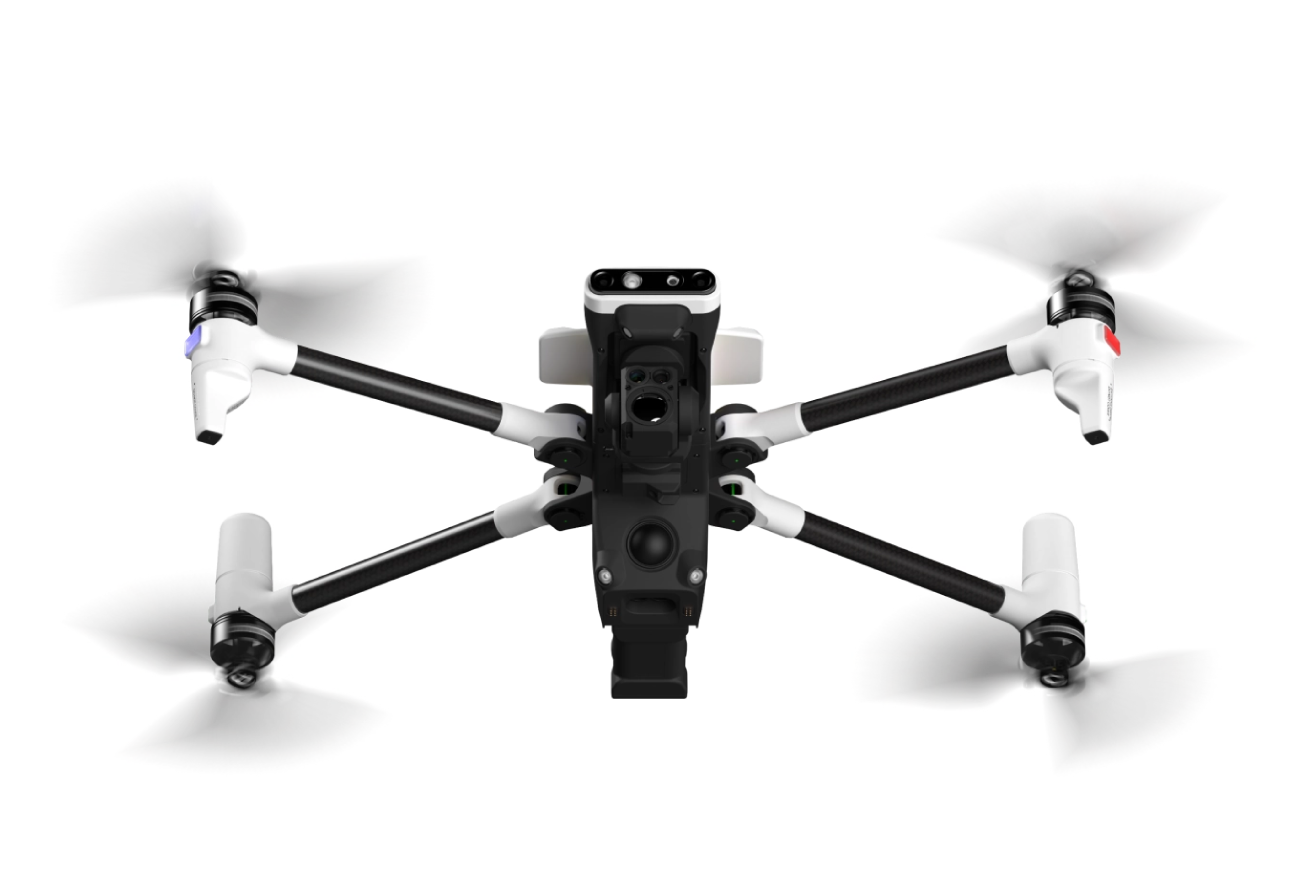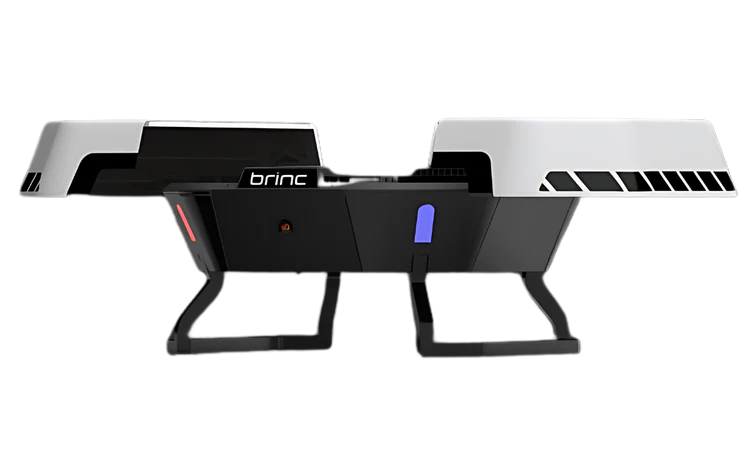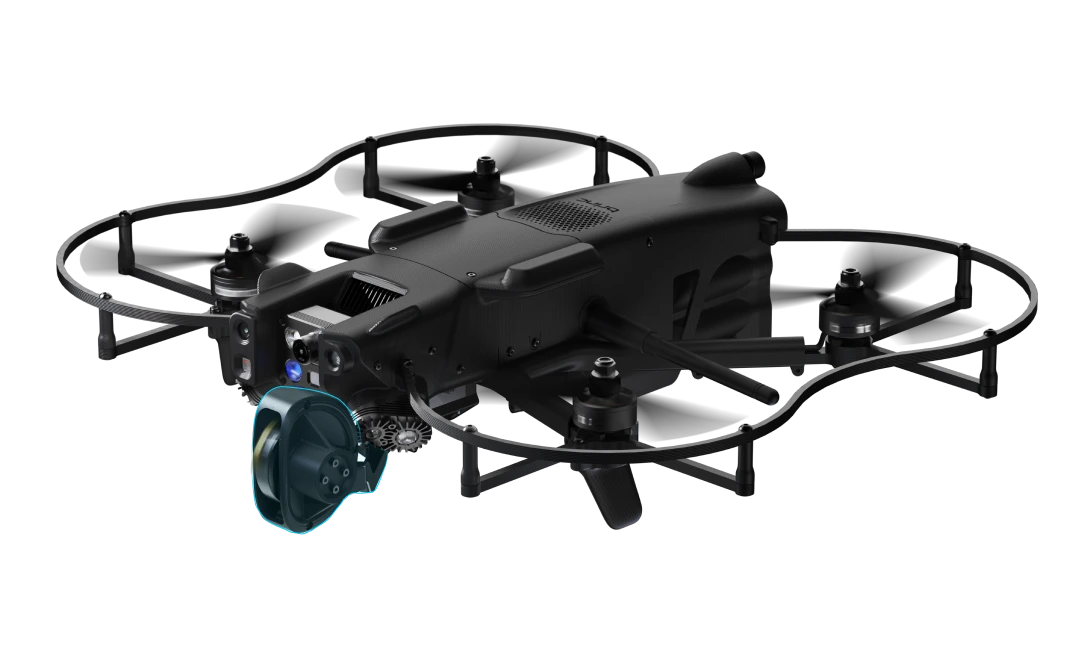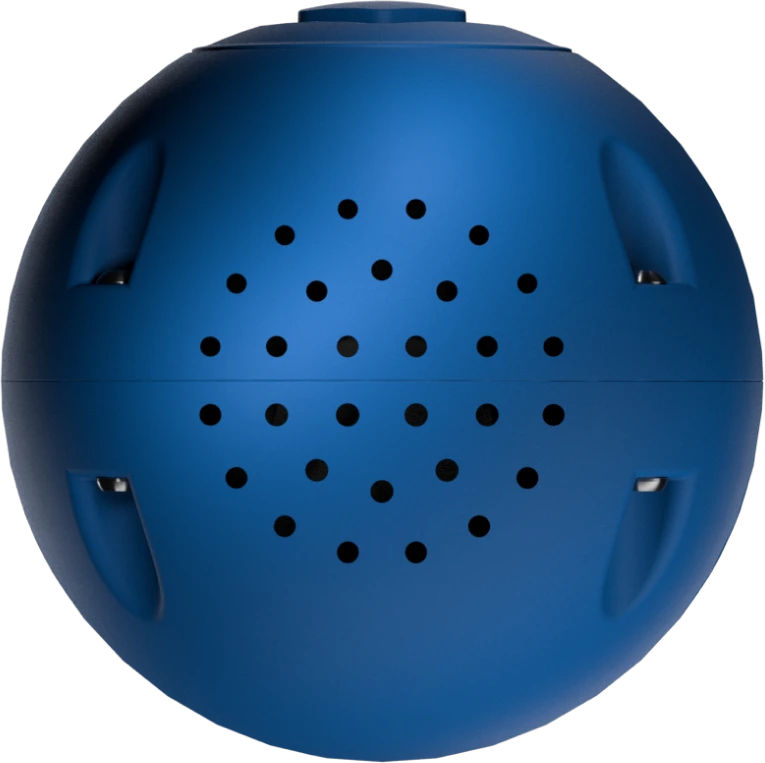In 2025, BVLOS operations are expected to become more widespread, unlocking significant advancements in industries such as infrastructure inspection, logistics, and surveillance. With BVLOS, drones are able to operate beyond the pilot’s direct line of sight, enabling long-range missions in remote or challenging environments. This is made possible by the development of advanced sensors, redundant safety systems, and improved communication networks to ensure safe operations.
However, to legally fly BVLOS in Canada, operators will need to obtain a Special Flight Operations Certificate for Remotely Piloted Aircraft Systems (SFOC-RPAS). This process involves reading and understanding guidelines such as Advisory Circular 903-001, reviewing the SFOC-RPAS checklist, confirming that operations are within appropriate airspace, and completing an Operational Risk Assessment (ORA). After submitting the application and documentation to Transport Canada, applicants should allow ample time for processing, as more complex applications may require additional review.
Deployment solutions like the DJI Dock 2 and BRINC Station will continue to help facilitate BVLOS operations by automating drone deployment, charging, and data transfer. These docks are particularly useful in remote locations, allowing for continuous BVLOS missions without the need for manual intervention. The combination of regulatory clarity and technological advancements is set to propel BVLOS operations forward in 2025.



